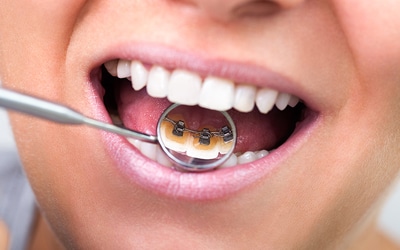
What to Know About Lingual Braces
August 26, 2019 Image Credit:
Lingual braces are more practical and attractive than traditional metal braces, but they aren’t that well known. Like some other kinds of braces, lingual braces go on the back of the teeth instead of the front. However, there are some differences when it comes to comfort, discretion, and fit. You should be aware of which factors should be considered before you decide whether or not lingual braces are the right choice for you.
What Are Lingual Braces?
Lingual braces are similar to regular braces because they both include brackets and wires that are attached to the teeth to repair misalignments. The main difference between lingual braces and traditional braces is that lingual braces are placed on the backside of the teeth facing the tongue instead of the front of the teeth. This means that lingual braces are a much more discreet option for orthodontic patients.Advantages of Lingual Braces
BELOW ARE A FEW ADVANTAGES OF LINGUAL BRACES:
- Get the same benefits as regular braces without feeling self-conscious or embarrassed of bulky metal braces.
- Less obvious than traditional metal braces.
- Any discolorations that may occur will be invisible when the braces are removed.
- Higher level of comfort because lingual braces are custom fit for each patient.
